|

Agricultural Consulting
Service
Geography of our projects
Publisert:
12.11.2020 | Oppdatert:
18.10.2025
How
to make sugar beet growing
profitable?
This
article created for
Strube,
a leading sugar beet breeder in the World
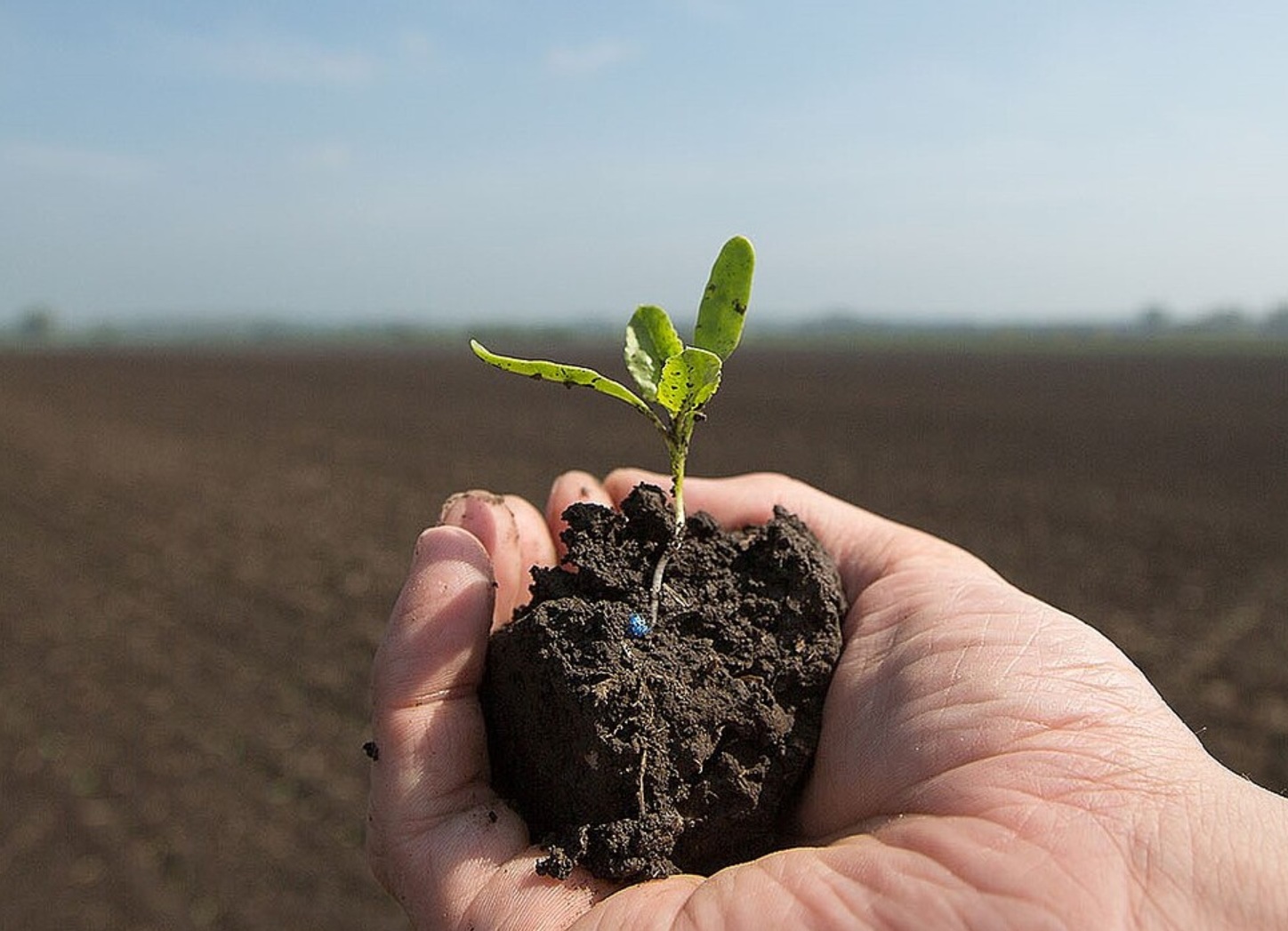
Now
the competition in the
sugar beet production market is intensifying due to pressure from world
sugarcane producers, and this is taking place against the background of
lower sugar prices. But, despite this, growing sugar beets can be very
beneficial. In this publication, we will consider those secrets and
competitive advantages that will help every farmer or agro-industrialist
not only get high profits from growing and processing sugar beets, but
also save time, reduce risks, and make their work more efficient!
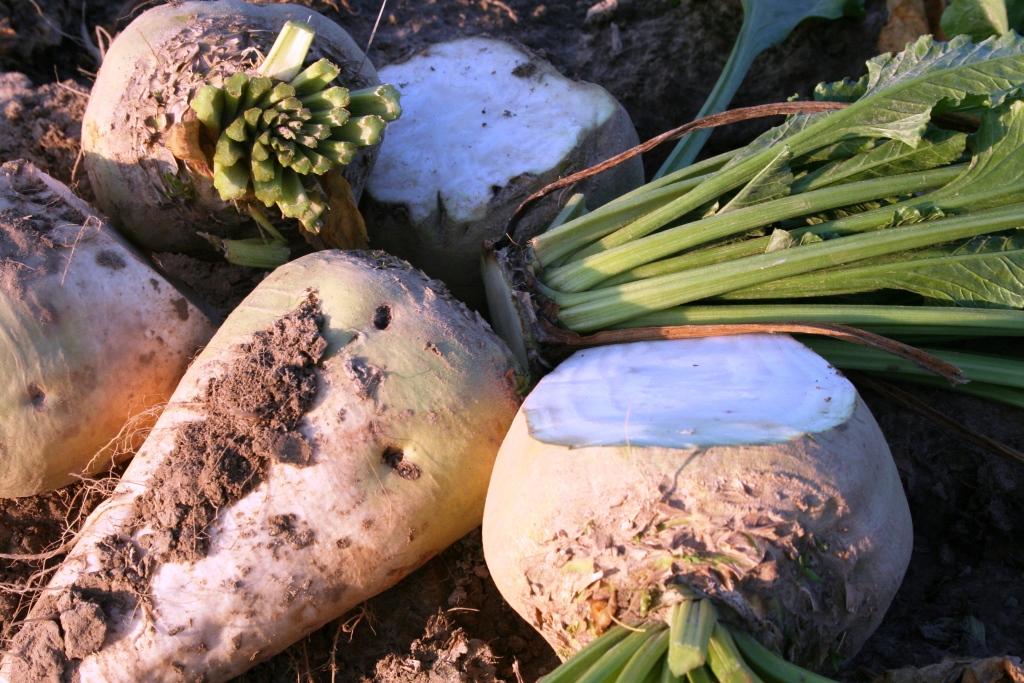
Many farmers all over the World grow precisely Strube sugar beet
varieties, as they provide the highest return on investment compared to
competitors. Therefore, in conditions of high level competition and
unstable sugar prices, when every penny is important, growing just such
hybrids will help to get a stable profit (photo
©
Strube)
First of all, consider the economics of growing sugar beets. Everyone
will be interested about the costs incurred by farmers for growing sugar
beets in Germany - in a country where sugar beets yield maximum physical
weight and sugar yield per hectare, and this is high-quality sugar
beets!
Economics of growing sugar beets in Germany
Let us show as an example the costs of growing sugar
beets in the Sachsen-Anhalt region, Germany. This region is
characterized by an average annual rainfall of 522 mm (depending on the
place of region, from 477 mm to 618 mm). In this study, generalized data
from 132 farms located in different locations of the Saxony-Anhalt
region were used.
Costs of growing sugar
beets in Germany (Sachsen-Anhalt), according to the State Institute of
Agriculture and Horticulture in the Saxony-Anhalt region (Sachsen-Anhalt
Landesanstalt fur Landwirtschaft und Gartenbau), 2018
|
Average
|
Yield
2017
|
Soil fertility, points
|
Soil fertility, points
|
Soil quality
|
|
2012-2016
|
All
farms
|
AZ 35-65
|
AZ > 65
|
Yield
|
ц/га
|
680,31
|
746,14
|
717,32
|
770,34
|
Price
|
И/ц
|
3,68
|
2,94
|
2,95
|
2,94
|
Income
|
И/га
|
2.500,81
|
2.194,93
|
2.114,18
|
2.263,16
|
|
Sowing and seeds
|
И/га
|
205,12
|
210,12
|
214,69
|
206,28
|
Soil
fertilization
|
И/га
|
129,94
|
87,44
|
85,93
|
88,71
|
Nitrogen
fertilization
|
И/га
|
91,99
|
87,33
|
96,58
|
79,56
|
Fertilizers, total
|
И/га
|
221,94
|
174,77
|
182,51
|
168,27
|
Herbicides
|
И/га
|
263,89
|
259,84
|
260,16
|
259,57
|
Fungicides
|
И/га
|
22,43
|
20,18
|
18,75
|
21,37
|
Insecticides
|
И/га
|
5,04
|
1,40
|
1,48
|
1,33
|
Grows
regulators and others
|
И/га
|
2,58
|
1,61
|
1,90
|
1,38
|
Plant Protection,
total
|
И/га
|
293,93
|
283,03
|
282,29
|
283,65
|
Irrigation
|
И/га
|
0,00
|
0,00
|
0,00
|
0,00
|
Insurance
|
И/га
|
12,85
|
12,68
|
13,12
|
12,30
|
Direct costs
|
И/га
|
733,84
|
680,60
|
692,62
|
670,50
|
|
Labor costs
|
И/га
|
85,48
|
90,64
|
83,93
|
96,28
|
Variable
costs for machinery and equipment
|
И/га
|
207,69
|
166,99
|
164,25
|
169,30
|
Fixed costs for machinery and equipment
|
И/га
|
137,08
|
144,22
|
142,78
|
145,44
|
јренда и услуги
|
И/га
|
208,92
|
220,32
|
222,68
|
218,33
|
|
Labor and equipment costs
|
И/га
|
639,17
|
622,18
|
613,63
|
629,35
|
Interest rate
|
И/га
|
44,01
|
26,06
|
26,13
|
26,00
|
|
Production costs
|
И/га
|
1.417,01
|
1.328,83
|
1.332,38
|
1.325,85
|
|
Profit
|
И/га
|
1.083,80
|
866,10
|
781,81
|
937,31
|
Calculations by
companies and sugar factories by 1.2.2018
|
Long-term contracts with sugar beet farmers are also practiced, which is
very beneficial for farmers and sugar factories. For example, the
Nordzucker plant offers the following conditions for farmers:
-
One-year fixed-price contracts that offer the
same price level as in 2017. The fixed price for beets is 29 euros
per ton
-
One-year variable price contracts. For
example, with an estimated sugar price of 450 euros per ton, the
price of beets is at 31.90 euros per ton
-
Three year variable price contract. Compared
to a variable one-year contract, the price level for a three-year
contract is 2 euros higher per ton. For the price of sugar, for
example, at 450 euros per ton, the price per ton of beets will be
33.90 euros
At the same time, sugar factories in Germany provide a
substantial premium for sugar content of sugar beets.
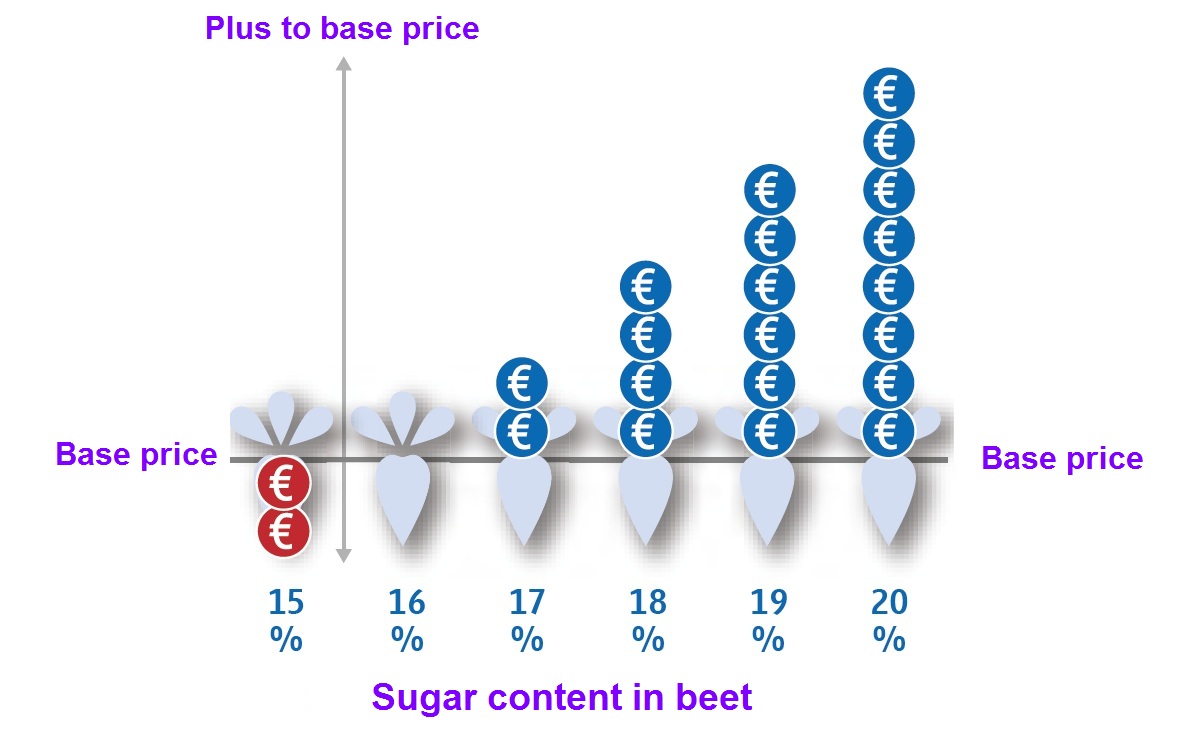
Growing of sugar beets with a higher sugar content is
more profitable. With an increasing of sugar from the base price (at 16%
of sugar) - beet prices are rising (Nordzucker). For deliveries of beets
with a sugar content of 18% there is already a surcharge of 3-4 euros
per tonne of beets that's depending on the regional sugar company (Fig.
©
Strube, correction
Dr. Oleksii Orlov)
Economics of growing sugar beets in Ukraine
The purchase
price for sugar beets
in the season of 2019 in Ukraine is, depending of
the region, 22.7-37.4 euros/t (with a standard sugar content of 16%).
Thus, the
income
from the sale of sugar beets is: with a yield of 5 t/ha - 1135-1870
euros/ha; with a yield of 7 t/ha - 1589-2618 euro/ha.
Average costs
for growing sugar beets
in Ukraine are: with a yield of 5 t/ha - 850-1100 euros/ha; with a yield
of 7 t/ha - 1100-1400 euro/ha.
Thus, gross
profit
before tax and other payments is usually 135-1418 euros/ha. The average
profit is 200-400 euros/ha. Good farmers with high fertility fields have
a higher rate.
Barter
schemes are common when sugar factories pay to the farmer by sugar for
sugar beets delivered. Based on: 50x50, 60x40.
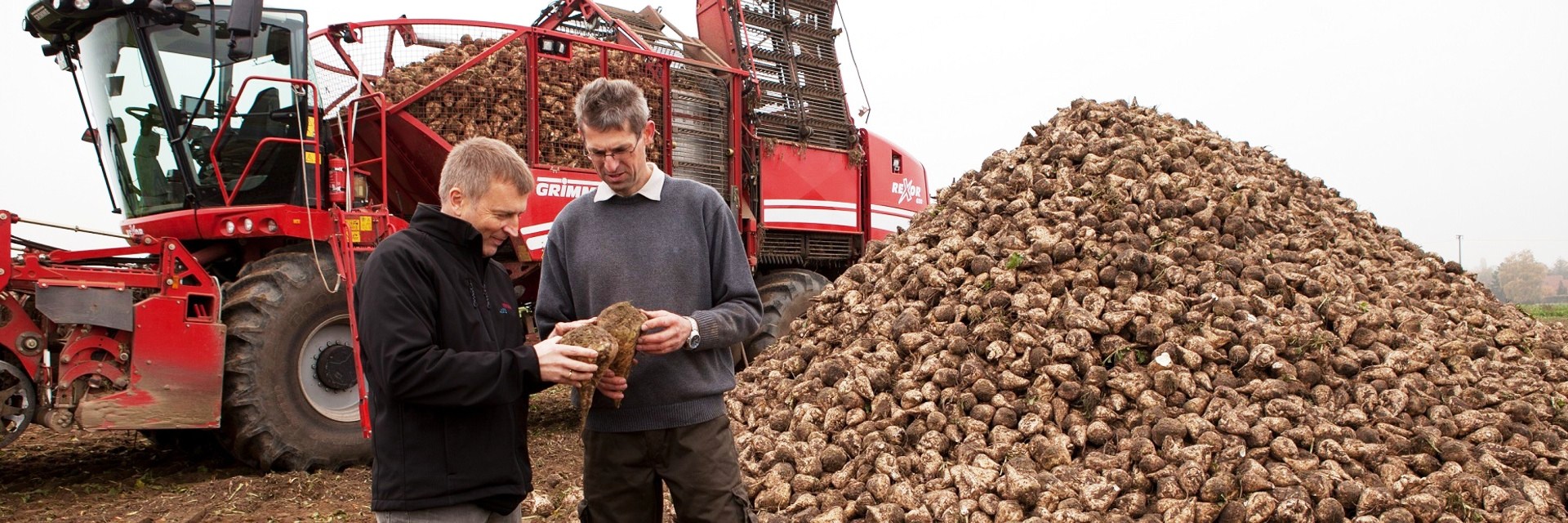
When
growing sugar beets - it is very important to correctly calculate the
investments and fully perform of the agricultural technology of growing,
in this case you can get high profit even at an average or low price for
sugar. Pictured is a high yield of Strube sugar beet hybrids (photo
©
Strube)
Next, we will look at what needs to be done to make good money from
growing sugar beets.
Quality of sugar beet seeds
is very important!
Many
farmers and agroindustrialists underestimate the contribution of quality
seeds to high returns.
In
fact, high-quality sugar beet seeds, this is as important a success
factor as the good growing technology!
The
better the seeds - the higher the returns of investments. Use a trusted
and reliable reputable seed supplier such as Strube.
Order
seeds in advance, especially if they are new, high-quality hybrids that
may be in short supply and the supplier needs time to grow them for you.

The photo shows that
high-quality Strube sugar beet seeds allow you to get a better
development of beets and a higher yield:
on the
left - sowing with ordinary seeds (uncalibrated) gives uneven young
growth beets plants and subsequently the sugar beet roots develop
unevenly and most of the yield is lost;
on the
right - sowing with high-quality calibrated seeds from Strube, sugar
beet plants and roots develop evenly and excellent. Harvest and profit
from growing sugar beets will be maximum when sowing high-quality Strube
seeds (photo
©
Strube)

Strube's sugar beet seeds are the highest international quality
standard.
The purchase of such seeds pays off
with a high yield and profit (photo
©
Strube)
Good
crop rotation for sugar beets - this is an additional profit
Sugar beets should not be placed after broadleaf crops.
Broadleaf crops include oilseeds and legumes, as well as vegetables. For
example: sunflower, soybeans, peas, beets, flax. We can conditionally
say that all crops that are not cereals will be bad predecessors for
sugar beets. After poor
previous
crops,
sugar beets often not only reduce their yield, but also increasing the
risks of complete
rotten
and death - either in the field or in the pile after
harvesting. This is due to the fact that broadleaf crops have the same
diseases as sugar beets, they adversely affect to the soil, and diseases
and nematodes accumulated.
The best
previous
crops in crop rotation
for sugar beets in crop rotation are cereals, such as
wheat or barley, as well as rye, triticale and sorghum. In most cases,
sugar beets are poorly related to such a
previous
crop
as corn, as this is a source of Fusarium and other fungal
diseases.
Sugar beets should not be returned to the same field
earlier than after 3-4 years, but ideally this should be done after 5-7
years. If it is impossible to do this for any reason, then beets should
be rotated with cereal crops, for example, with wheat or barley. And
also carry out biofumigation of the soil, in this case, it will be a
mandatory agricultural practice.

Strube
winter wheat is not only a very good in rotation for sugar beets, but
also its growing also gives high profits in case of the right approach.
Especially effective combining in crop rotation with sugar beets are
Strube WeWЃ facultative wheat varieties,
which are advantageous to sow after late harvesting of sugar beets. In
the photo - the yield potential of this Strube wheat field is more than
11.5 t/ha (according to the expert estimation of
Agricultural Consulting), photo
©
Strube
Another big advantage of crop rotation is that when
rotating of sugar beets with cereal crops, it will be much easier and
cheaper to control weeds. For example, in cereal crops, it will be much
easier and much cheaper to kill a broadleaf weeds than in sugar beet and
vice versa - a grasses in sugar beet.
A large number of weeds in field, just indicates the
non-observance of crop rotation and improper weed control in crop
rotation.
The weeds most harmful to sugar beets, such as lambs
quarters (Chenopodium album), redroot pigweed (Amaránthus retrofléxus)
and ragweed (Ambrosia artemisiifolia), are very easily destroyed in the
field of winter wheat with the help of an ordinary and inexpensive
herbicide.
Thus, good crop rotation is a simple and effective
technique to reduce costs and increase profits from growing sugar beets.
A good
previous
crops
can give a profit increase of 30-50%, compared with a bad
previous
crop
for sugar beet.
Proper
selection of fields for sugar beet
For reduce the cost of growing sugar beets and for get
additional profit, present one very simple method that allows made it -
you need to carefully select and prepare a field for sowing.

Right
choosing the field for sugar beets is one of the methods to get extra
profit (photo
©
Strube)
Right choosing of the field is very important for
growing sugar beets, because not only the costs of growing, but also the
final result, i.e. the level of profit, will depends of which field will
be used for growing this crop.
Many farmers have noticed that there are
fields where sugar beets rotten, even when they return to it after a few
years and even after some previous another crops in rotation.
There are fields where sugar beets will
not grow, even despite the most modern technologies and pesticides used.
It depends from many factors, but more often from their combination.
Usually this is due to a combination of
several natural and anthropogenic factors, for example, severe infection
with hard-to-eliminate diseases and nematodes, the activity of soil
microorganisms, as well as the chemical and biological characteristics
of soils and moisture, and in modern conditions, the aftereffect of
strong herbicides is added here, as well as other factors.
Therefore, a very simple way to avoid
losses is not to sow sugar beets in those fields where it does not
produce high yields and where very often, even with agricultural
technology, sugar beet crops die. In this case, you can sow such crops
that will give high profit in local conditions.
Saving moisture when growing sugar beets
Profit when growing sugar beets without irrigation is
possible only if you take into account the level of moisture supply in a
local region when planning the costs of growing and the level of
productivity of beet.
For example, if the level of moisture supply does not
allow the formation of a sugar beet crop of more than 50 t/ha, then
fertilizers and pesticides should not be given for a higher yield, since
this will not pay off - and a loss can be made instead of profit.
In modern conditions, the climate is changing and
becoming drier. And the yield level of sugar beets begins to limit the
lack of moisture, even in those regions where before there was enough
moisture. Therefore, investments in drip irrigation will be justified,
as this reduces climate risks.
When using drip irrigation, it is possible to effectively
provide sugar beet plants with moisture to forming a very high and even
record yield, which will be much higher than when growing sugar beets
without irrigation, since a lack of moisture will not limit yield.
Plants will have enough moisture to form a higher yield,
and in this case other factors will limit the yield, for example,
diseases and pests and lack of nutrients.
When using fertigation (giving of fertilizers and growth stimulants into
a drip), it is possible to remove the yield limit caused by a lack of
nutrients.
A well-designed system of application of plant protection
products, well-selected rates of agricultural chemistry, can reduce
losses associated with pests and diseases.

Frequent droughts and climate changes, dictate new approaches to the
growing of sugar beets, even in traditional areas of its cultivation.
Everything should be aimed at preserving moisture and maximizing the
returns on investments, taking into account arid conditions - from the
selection of hybrids that resistant to moisture shortages to planning
field works. For example, spraying should not be carried out under
conditions of temperature stress - such treatments do not pay off
(photo
©
Jens Meier,
Strube)
It should be borne in mind that fertilizers are not
absorbed if they fall into the soil, which contains insufficient
moisture. This should be taken into account when spreading fertilizers
and another fertilizing.
In conditions of insufficient moisture, field works
should be carried out in a shorter time and everything should be done so
that the autumn-winter and spring moisture is preserved. Consider the
basic methods that allow you to save moisture when growing sugar beets,
and accordingly make it possible to earn additional profit since
moisture is an additional beet root yield, at the same costs, and
therefore that it an additional money:
Sowing in earlier and in a shorter time.
For example, a delay in sowing in 1-2 days can lead to a decrease in
profits by 10-20%. And these losses can be even greater!
But with a very early sowing of sugar
beets, there are risks of reducing yields and damage of plants due to
cold soil and the effects of frost action
With late sowing of sugar beets, the risks
of stress from the effects of drought and high temperatures increasing
significantly
A delay in sowing for 1 day can lead to a
decrease in sugar yield by 1% (depending of conditions, this indicator
can range from 0.8 to 1.3%). Sugar beet needs 180 days for normal
vegetation (average)
A slight time gap between tillage and
sowing. For example, there should be no time gap between pre-sowing
tillage with a compactor and sowing. It is advisable to sow by means of
seeder that combined with a compactor
Inter-row tillage and loosening of the
soil between the rows, and the use of modern precision technology for
the mechanical weeding, allows you to destroy the soil crust and retain
moisture in the soil
Side dressing, or the application of
fertilizers in the soil inter-row, allows not only to retain moisture
but also delivers fertilizers to the moist soil layer, where they are
absorbed by the roots of sugar beet plants effective. This technique
gives a high increase in yield, even when used in a dry climate.
The use of Strip-Till technologies, as
this helps to preserve moisture in the winter due to the presence of
stubble in the field, and also increases the content of humus, which has
a water-holding ability. Although this technology is practically not
using in Europe, many farmers in the USA begin to adapt it to sugar beet
cultivation.
The use of CTF (constant tramline), since
the use of this technology allows to reduce soil compaction and improves
the water and air conditions of the soil, contributing to the
accumulation of moisture in it
Using of deep ripping soil allows you to
accumulate more moisture that present in winter time
Use of modern weather services and
meteorological data when planning field work. This is especially
important when planning treatments with pesticides and fertilizers. This
can significantly reduce costs and increase the return and profitability
from the application of pesticides and fertilizers. For example, if
spaying is carried out in very hot conditions, or in strong winds time,
such spaying will never pay off - it will be wasted money only. Also,
spraying should not be carried out under conditions of temperature
stress - such treatments do not pay off
In the long term, investments such as
creating forest belts and modern snow retention allow you to accumulate
more moisture and increase productivity by 20-30% inside the field. The
reason for this is a significant improvement in the microclimate inside
the field and a decrease in the strength of spring and summer dry winds
and a higher accumulation of moisture in the winter
The right choice of sugar beet varieties

At the
photo is a Ronald Strube sugar beet variety (N-type). It variety gave a
yield of 94.1 t/ha (sugar content 18.52%, sugar
yield - 15.2 t/ha), in production at
Ukrprominvest-Agro farming, 2018,
Ukraine.
The yield of 102
t/ha was obtained in the demo fields of the German Agrarian
Center in Ukraine (ADFZ), 2018.
This variety is one of the most profitable when grown properly.
Has resistance to rhizomania and cercosporosis
(photo ©
Jens Meier,
Strube)

At the photo - a healthy and free from
Cercospora
leaf of Ronald sugar beet variety from
Strube (N-type). This variety not only has high resistance to
cercosporosis, that can significantly reduce the cost for buying and
applying fungicides, but it variety also form a record sugar yield per
hectare
(photo ©
Jens Meier,
Strube)
When choosing sugar beet
hybrids, the following should be considered:
-
geographical location and local climatic conditions
-
variety
type (Z, N, NZ or E types)
-
the
best results of sugar beet and sugar yields per 1 ha obtained by
market leaders
-
data
from our own experiments of testing sugar beet varieties
-
sugar
beet varieties tested data by Strube
-
variety
yield potential
-
resistance to the diseases that are present in yours fields
-
should
be used in production not one, but 3-5 different Strube varieties,
in this case stable results will be achieved, since depending on a
particular year, one or another varieties will give higher yields
-
You
should regularly buy new sugar beet varieties, because the breeding
does not stand still, and Strube breeders are constantly creating
new, more productive and profitable varieties for farmers and
agricultural companies
Strube also offers new highly profitable
sugar beet varieties for Ukraine: Zeppelin (N), Suvorov (N), Horeb (Z),
Mazeppa (Z), Vinnik (N), Bulgakov (N). And new profitable sugar beet
varieties for another counrtries (plese see next picture)
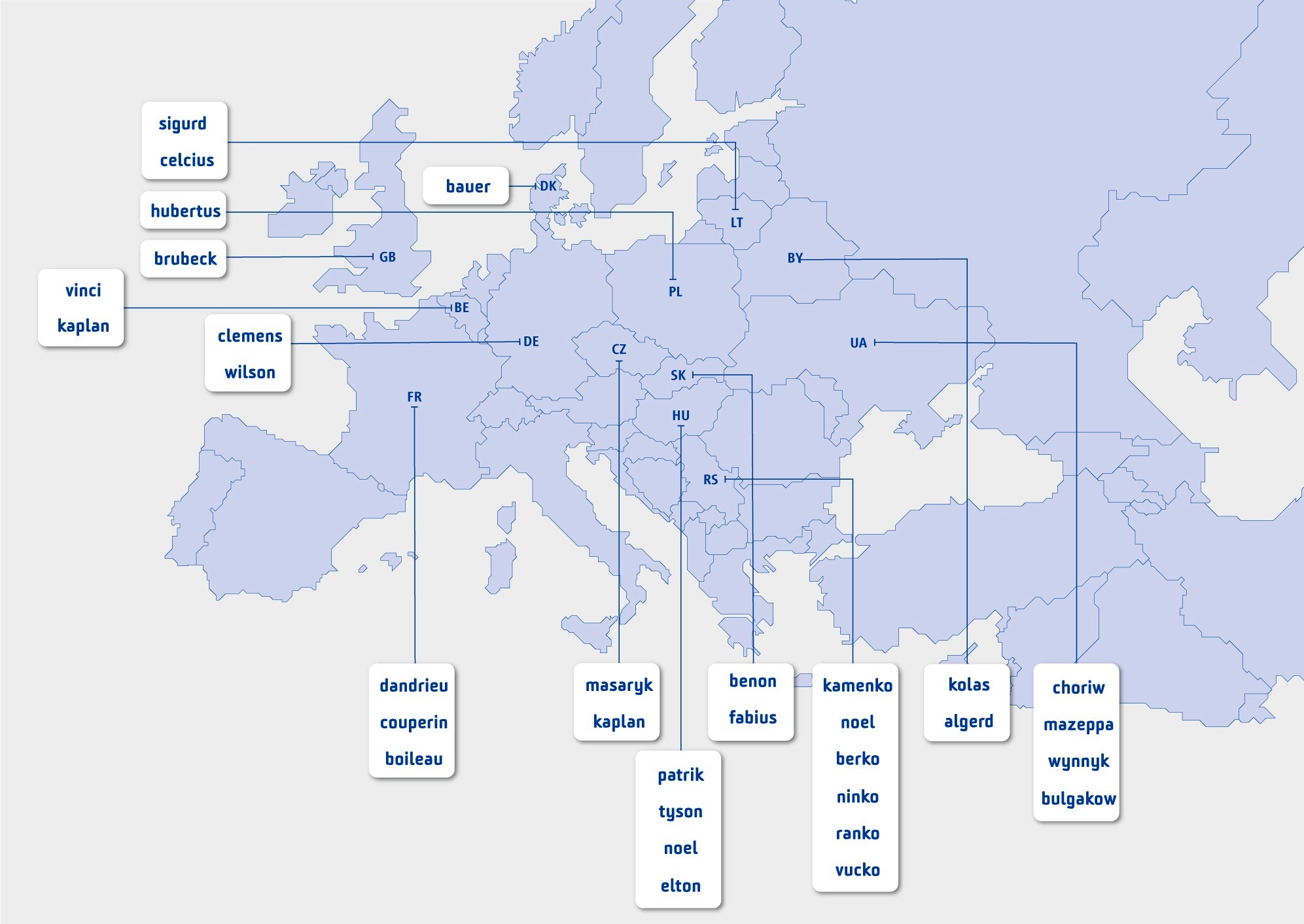
New sugar beet varieties from
Strube.
With more than 30 new sugar beets varieties in 13 countries, Strube
offers farmers and the industry numerous qualitative varieties, that
meet their requirements. Therewith the seed breeding company makes its
contribution to an economic sugar production from beets
(picture
©
Strube)

At the
photo - Gulliver
sugar beet variety
from Strube (Z-type). It variety
gave a yield of 104.4 t/ha
(sugar content 16.37%, sugar yield - 14.3 t/ha), in production of
Ukrprominvest-Agro farming, 2018,
Ukraine. This variety provides a stable profit and is resistant to
rhizomania (photo
© Dr. Oleksii Orlov)
There is a negative correlation between sugar content and beet yield.
Varieties that containing a lot of sugar have a relatively lower yield
of beets roots, and hybrids that give a high yield of roots have a
relatively lower sugar content. This dependence is embedded in the sugar
beet genotype.
The income from each ton of beets increases with increasing sugar
content for every one-hundredth of a percent. With a yield of 70 tons of
beets per hectare, an increase in sugar content from 17% to 18% gives an
additional profit of up to 140 euros per hectare, depending on the
conditions that this or that regional sugar factory provides.
With the same yield and increase in sugar content, unit costs for
transportation and processing are reduced. Thus, when comparing Z-types
and N-types, N-types can have more sugar than Z-types.
Thus, they are ideal for late harvesting and in those cases where the
plant is nearby and you do not need to carry sugar beets far. It is also
necessary to consider all cost factors. Thus, due to the correct
choosing of varieties, you can avoid costs and get the highest possible
income from growing sugar beets.
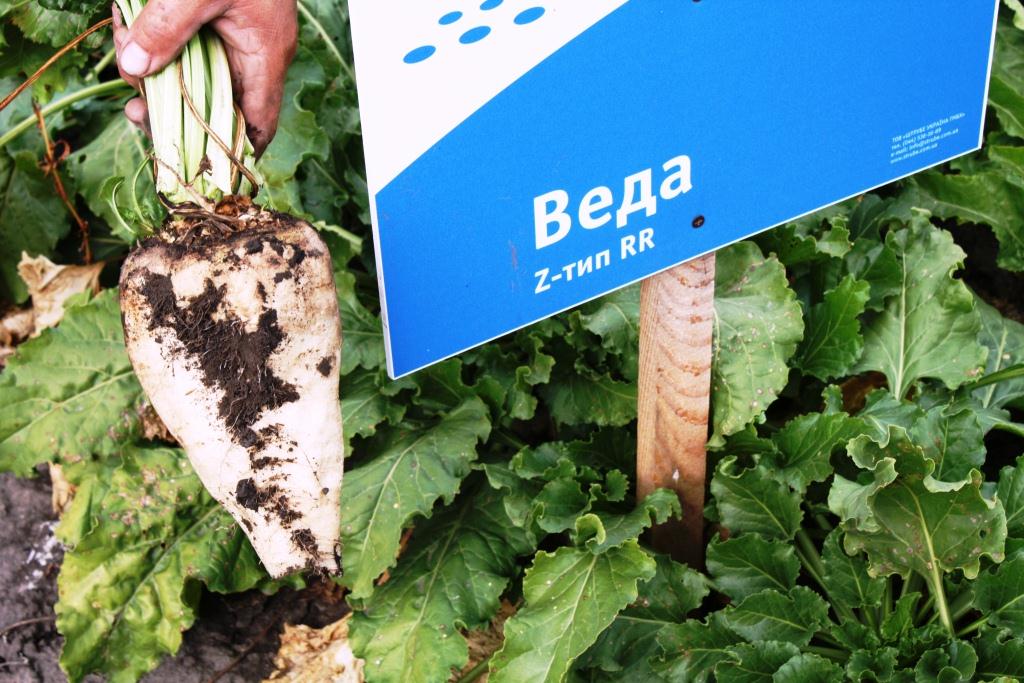
At the photo - Veda sugar beet variety from Strube (Z-type). It gave a
yield of 94 t/ha (sugar content of 17.24%, sugar
yield of 13.9 t/ha), in production at
Ukrprominvest-Agro farming, 2018,
Ukraine. At
Agricultural Company Svitanok farming
on an area of 3708 ha, it provided a yield of
72.2 t/ha, and on an area of 18 ha, it showed a
yield of 96.3 t/ha
(2018, Ukraine). At
Radekhovsky Sugar
(Pfeifer & Langen), it gave a
yield of 80.41 t/ha (sugar content of 17.49%,
sugar yield - 14.06 t/ha), 2018, Sokalsky district, Lviv Region,
Ukraine. This variety is one of the most popular, bringing a stable
profit when growing on large areas, and is resistant to rhizomania
(photo ©
Jens Meier,
Strube)

At the photo -
Pushkin
sugar beet variety from Strube (Z-type). It gave a
yield of 116.0 t/ha (sugar
content of 18.8%, sugar yield of 21.8 t/ha),
in industrial irrigated farming (by drip irrigation) of Agro-Delo
Company (ED&F Man),
Nikolaev Region, Ukraine, 2018. In
Agricultural Company Svitanok, on an
area of 26 hectares, it provided a yield of 97.3
t/ha (2018, Ukraine).
The yield of 126.85
t/ha was obtained in the demo fields of the German Agrarian
Center in Ukraine (ADFZ), 2018.
This variety provides a stable and high
yield and is resistant to rhizomania
(photo ©
Jens Meier,
Strube)
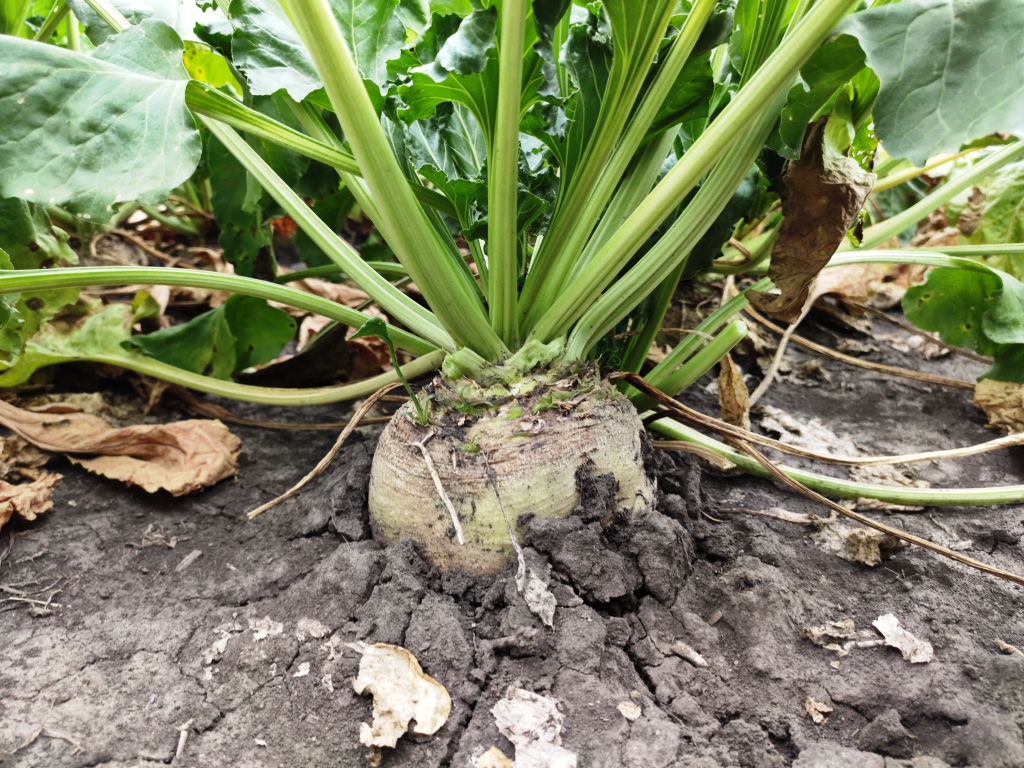
At the photo -
Kurchatov (RZ) sugar beet variety from Strube. It gave a
yield of 102.3 t/ha
on an area of 115 ha, in the farming of
Agricultural Company Svitanok, 2018,
Ukraine.
The yield of 104.63
t/ha was obtained in the demo fields of the German Agrarian
Center in Ukraine (ADFZ), 2018.
This variety provides a stable and high yield (photo
©
Dr. Oleksii Orlov)
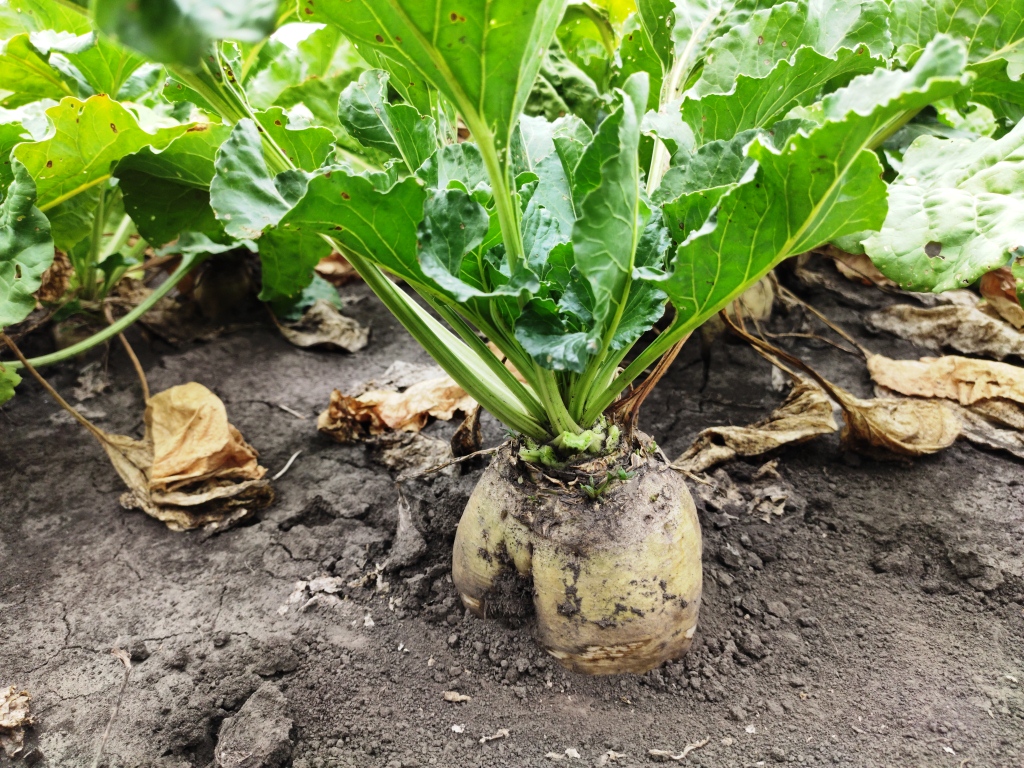
At the photo -
Zeppelin sugar beet variety from Strube (Z-type). It gave a
yield of 114.0 t/ha (sugar
content 18.3%, sugar yield - 20.8 t/ha), in industrial irrigated
farming (drip irrigation) in Agro-Delo Company (ED&F
Man), Nikolaev region, Ukraine, 2018. This new variety
provides a stable and high yield and is resistant to rhizoctonia (photo
© Dr. Oleksii Orlov)
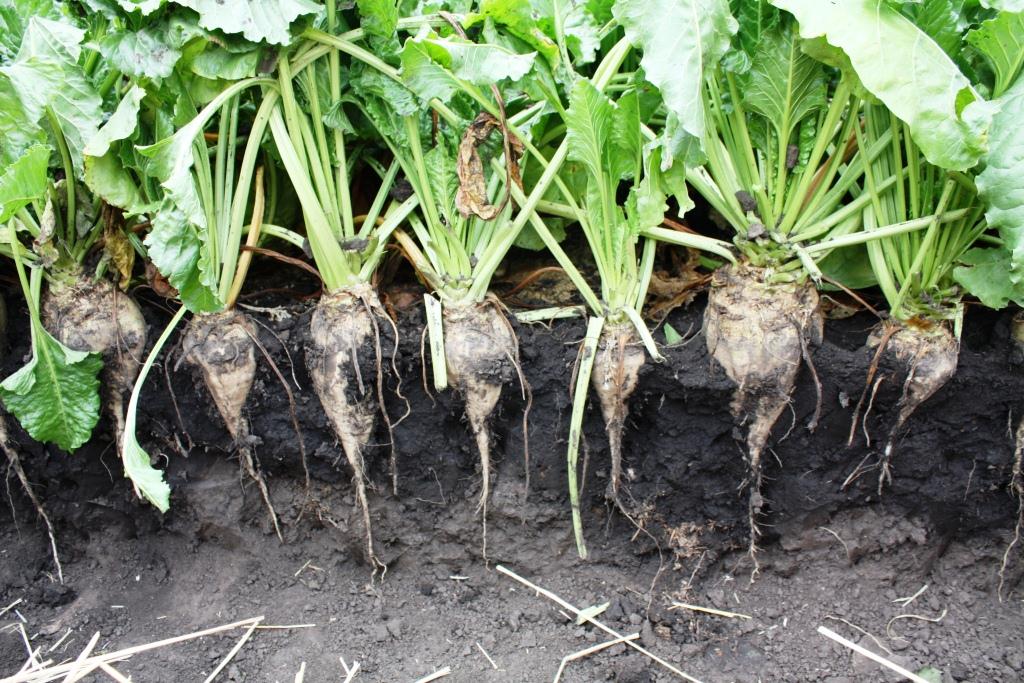
At the photo -
Vavilov sugar beet variety from Strube (Z-type). It gave a yield
of 72.65 t/ha on an area of 3835 ha, and on an area of 150 ha, it showed
a yield of 125.8 t/ha! (in the farming
of
Agricultural Company Svitanok,
2018, Ukraine). This variety provides a stable and very high yield and
is resistant to rhizomania and nematode. This is one of the best
varieties
(photo ©
Jens Meier,
Strube)
The highest and
most stable yields, as well as high profitability over the past 5-6
years in Ukraine, are shown next Strube sugar beet varieties:
-
Veda (RR (CR))
-
Vavilov (RR / NT / CR)
-
Vok
(RR / CR (NZ))
Others secrets and competitive advantages
for increasing
profits from growing sugar beets, reducing
costs and improving work efficiency:
-
Biofumigation
-
Technological equipment
-
Energy efficiency
-
Weeds control
-
Regular inspection of fields (what exactly should be
paid attention at the first)
-
Timeliness of technological operations
-
Timely harvesting
-
Proper storage
-
Using innovative technologies
-
The correct calculation of investments, the
application of fertilizers, agricultural chemistry and pesticides
-
Independent Technology Audit
All this we will consider in detail
in next publications.
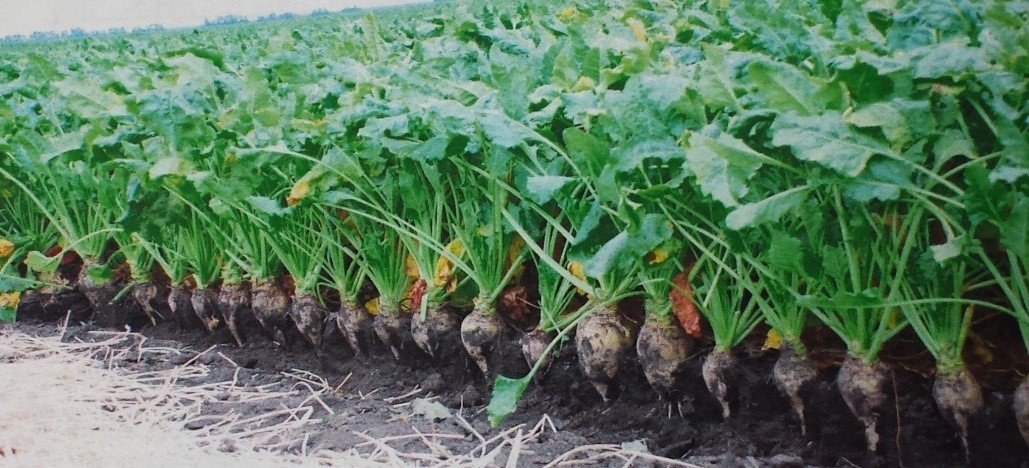
The photo shows a record harvest of
sugar beets in
Agricultural Company Svitanok.
Sugar beet is healthy, root are large, well developed and aligned (photo
©
Strube)
The correct choosing of sugar beet
varieties can give an increase in additional profit without a
significant increase in costs!!
Contact
Strube for purchase WeWЃ facultative high-yield and profitable sugar
beet
seeds!

Many thanks for
the help in preparing the article: Strube GmBH,
Dr. Lutz Gerrmann, Dr.
Vasyl Gech
Contacts of Strube
in Ukraine:
TOV Strube Ukraine GmbH
Str. Yuria Shumskogo, 1, Of. 115
2098 Kyiv, Ukraine
Tel.
+38 044 536 16 69
info@strube.com.ua
https://www.strube.net/ukraine/
-
Please tell Strube that
you are contact from Agricultural Consulting
website!
he Author of this article and Agricultural
Consulting does not sell seeds!
Contact Agricultural Consulting
for advice - we will do a technical audit and give
recommendations about how to get a
biggest wheat yield
in your conditions!
Author′s
of this article
Contacts
|

















